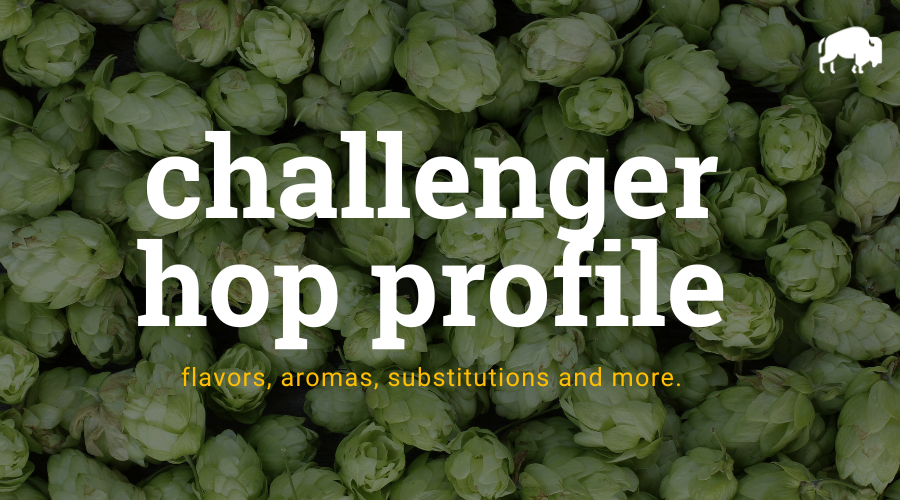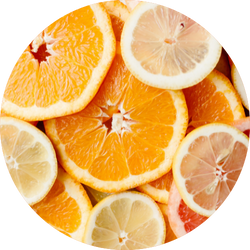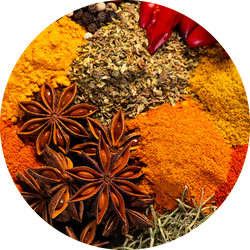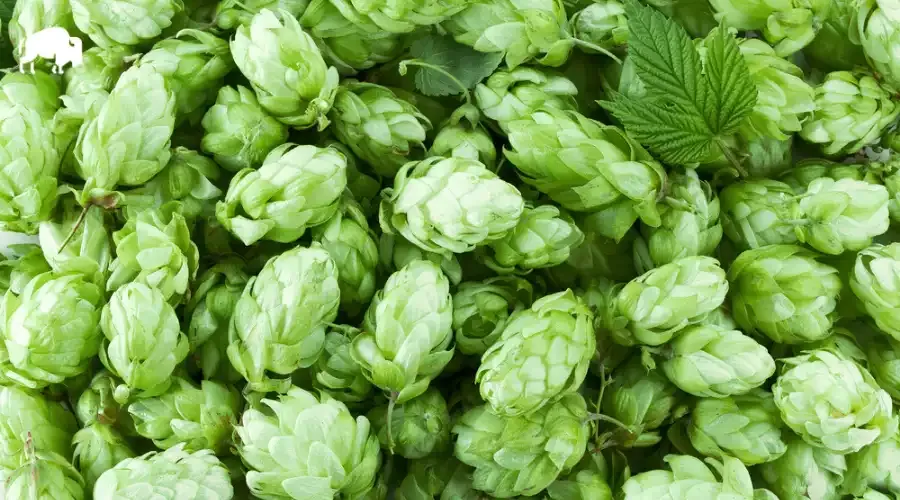
Challenger hops are a dual-purpose hop variety developed at Wye College in England and released for commercial planting in 1972. It is a cross of Northern Brewer and a German variety named Zattler and has become a signature variety of the English brewing tradition.
Challenger hops are well-suited for classic British ales and lagers and provide a refreshing, full-bodied, rounded bitterness as a bittering hop and a crisp and fruity character as a late hop. Its flavor is smooth with balanced floral characteristics, some citrus, and a dash of spice, and its aroma is spicy, green tea, and cedar.
Although it was a significant percentage of the hops grown in the UK during the 1980s and 1990s, its acreage has since waned, but it remains a popular hop in the UK.
| Usage: | Dual-Purpose |
| Country of Origin: | United Kingdom |
| Hop Growers Code: | CHA 4/63/25 |
Where To Buy Challenger Hops
Challenger Flavor And Aroma
Challenger is a dual-purpose hop that is often described to have the following aroma characteristics:

citrus

spice

floral
Challenger Hop Oil Breakdown
Hop oils can vary from year to year and farm to farm but based on our research, here are the typical values we have seen reported. This information comes from various hop farms, The Hop Aroma Compendium, and For The Love Of Hops.
| Alpha Acid % (AA) Alpha acids are what is isomerized when boiling to create bitterness in beer. | 6.5% – 9.5% |
| Beta Acid % Beta acids are what give hops their more aroma and flavor compounds. | 3.0% – 5.0% |
| Alpha-Beta Ratio This ratio of alpha acids to beta acids determines how quickly bitterness fades during aging. Lower ratios are common for aromatic varieties. | 1:1 – 3:1 |
| Co-Humulone as a % of Alpha Higher numbers are said to impart a harsher bitterness. | 20% – 30% |
| Total Oils (mL/100g) With more total oils, typically comes a more complex hop profile but these are highly volatile compounds. | 1.0mL – 2.0mL |
| Myrcene green, resinous | 30% – 42% |
| Humulene woody, piney | 20% – 35% |
| Caryophyllene woody | 5% – 10% |
| Farnesene floral | 1.0% – 3.0% |
| Other Oils: Includes beta-ionine, beta-pinene, limonene, linalool, geranoil & selinene | 21% – 37% |
| Hop Storage Index (HSI) The HSI indicates the percent of alpha and beta acids lost after 6 months of storage at room temperature (68°F or 20°C). | Retains 70%-85% alpha acid after 6 months storage at 20ºC (68ºF). |
| Hop Storage Index (HSI) Rating | Good – Great |
Challenger Hop Substitutions
Replacing one hop for another is seldom straightforward but sometimes you don’t have the right hop or the right quantity of hops for the beer you want to make. For those situations, we have made a comprehensive list of hops to substitute on brew day.
These substitutions aren’t perfect as hop chemistry is pretty complex.
We wanted to make this list of substitutions with varietals that are easy to find when possible. For Challenger, we recommend substituting with the following hops:
Beer Styles
For the most part, any hop could have a place in just about any beer style. Based on popular beers, historical usage, and our own preferences, we would recommend using Challenger for IPA, New England IPA, Pale Ale, Wheat Beer, Golden Ale. That being said, experiment and see what works best for you.
References
https://www.hopslist.com/
https://www.ars.usda.gov/
https://www.brewersassociation.org/
https://www.barthhaasx.com/
https://www.yakimachief.com/
Hieronymus, Stan. For The Love of Hops. Brewers Publications, 2012
The Hop Aroma Compendium. 2012


